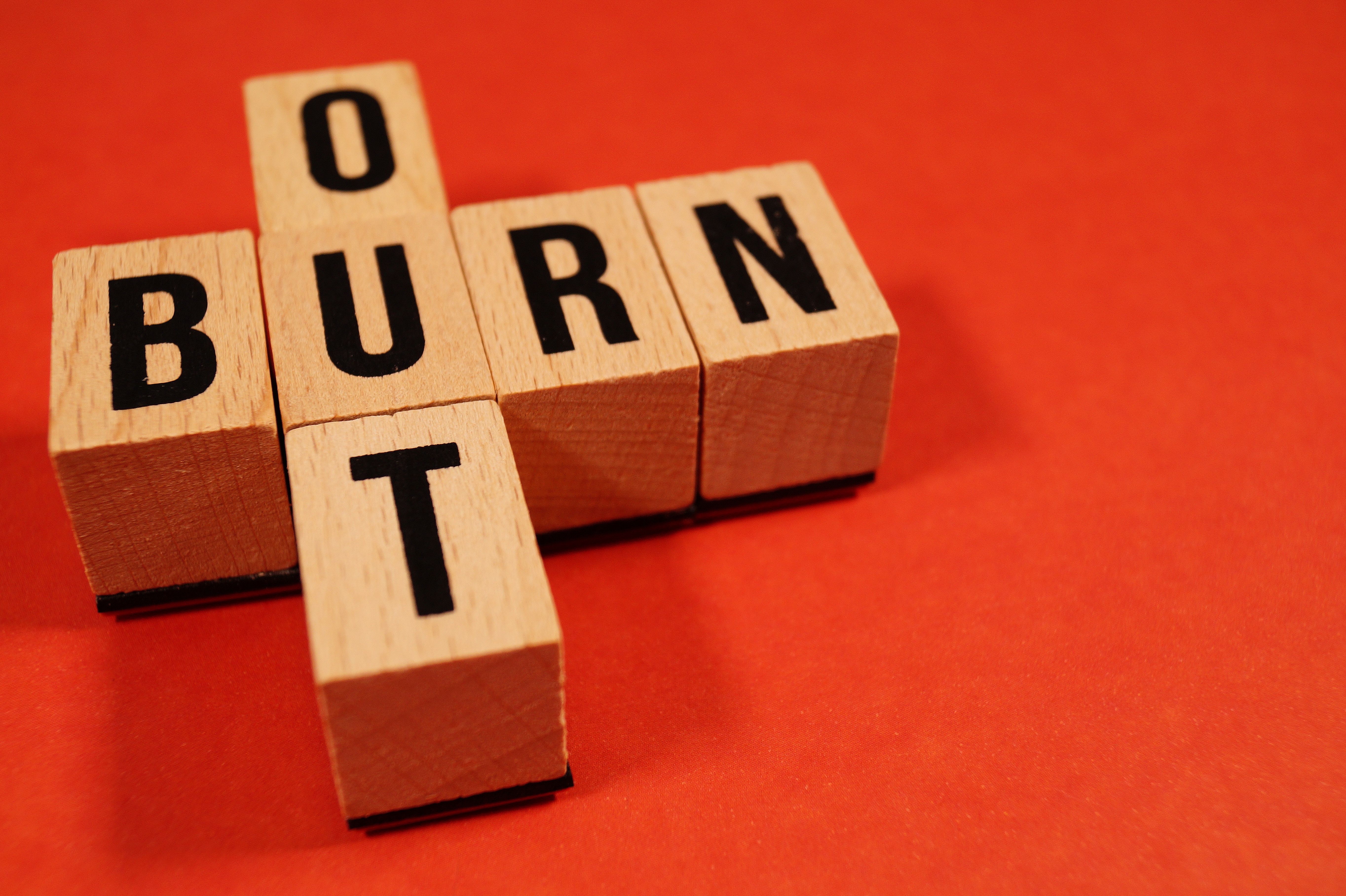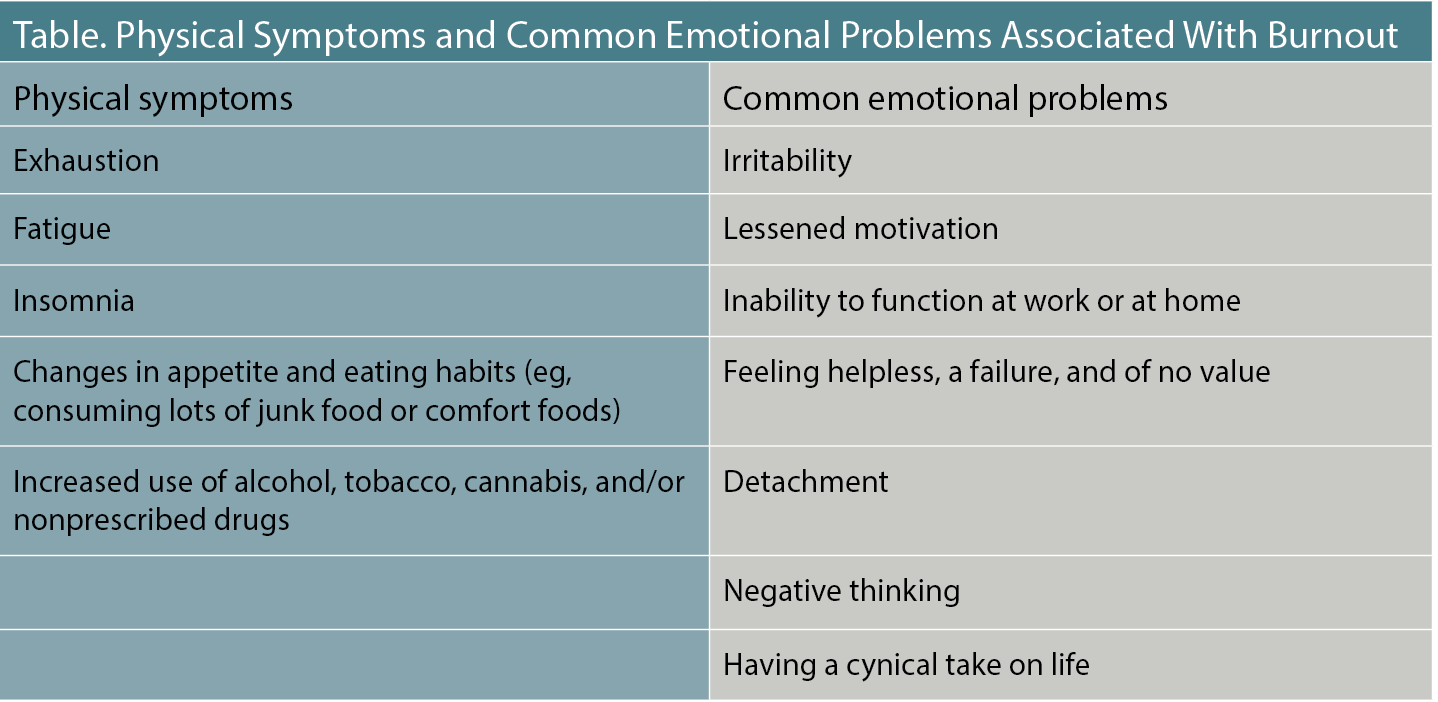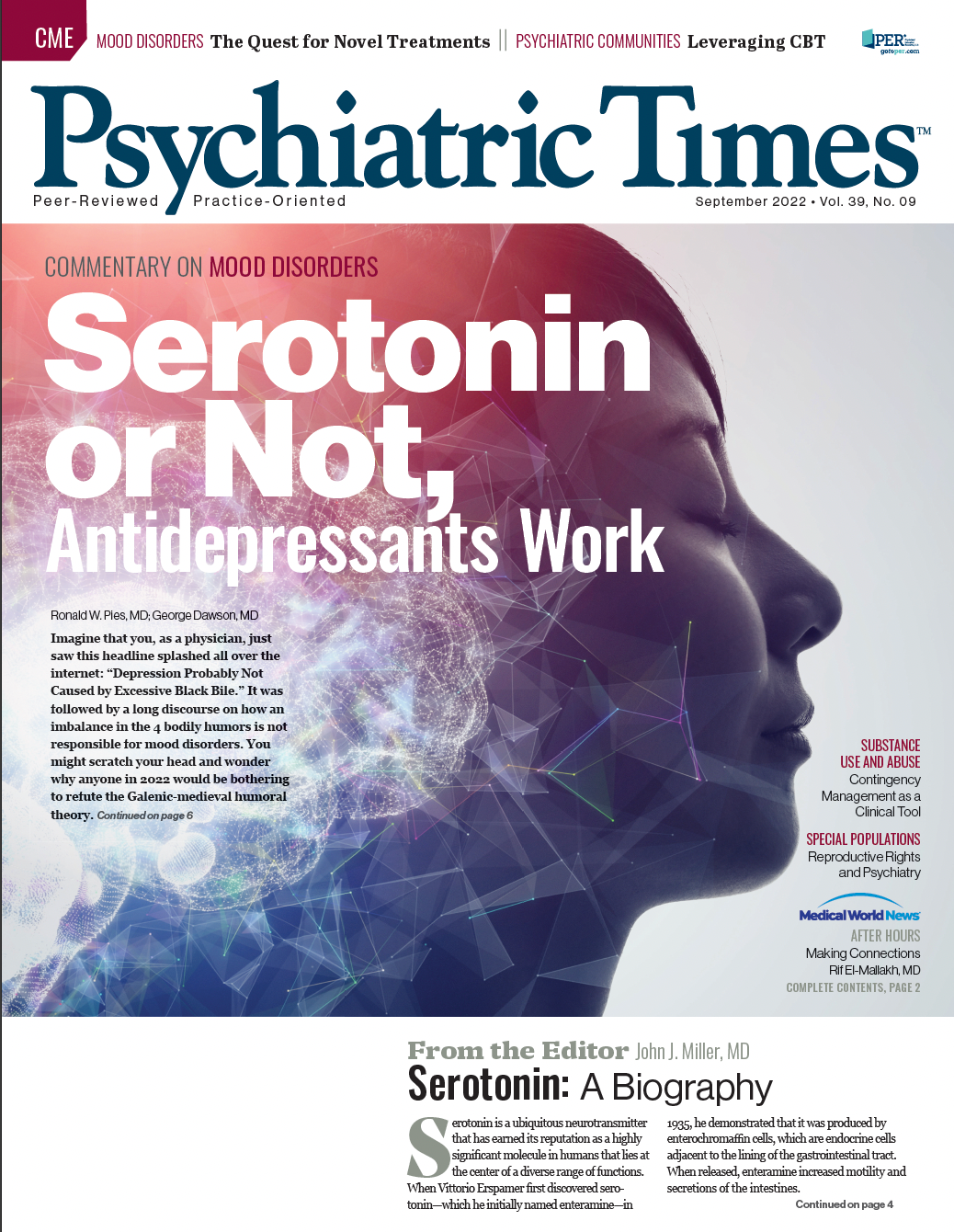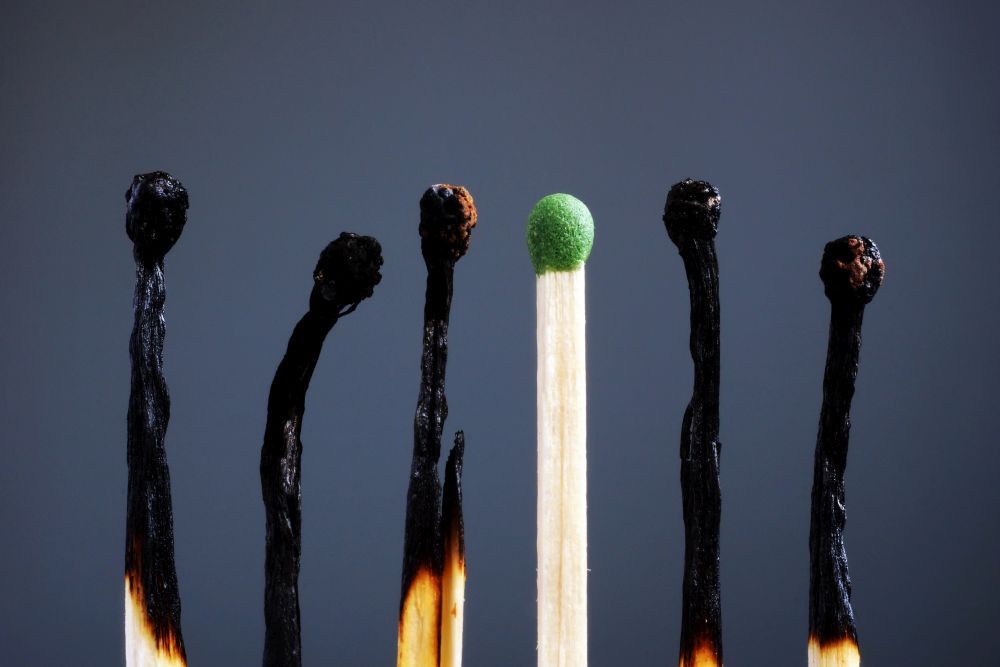Publication
Article
Psychiatric Times
Burnout and Its Remedies
Author(s):
The sources of chronic stress and inflammation need to change, which means the toxic work setting needs to change.
ImagESine_AdobeStock

After 2-and-a-half years cursed by COVID-19, who doesn’t feel “burned out”?
What is burnout? Who is at greatest risk for its pathogenesis? We need only look in the mirror for an answer. And what else besides another yoga class can mitigate the severity and duration of burnout?
Defining Burnout
The term burnout—a contraction of burn out or burned out—first denoted a reduction of a fuel or substance from its ongoing use.1 It is no surprise the term has found fulsome application today in describing what so many of us feel as we march through the demands of our lives.2 Workplace burnout, especially in frontline doctors and nurses, has been amplified by the unending pandemic.3
The colloquial term burnout describes a wide range of physical symptoms and common emotional problems listed in the Table.
Table. Physical Symptoms and Common Emotional Problems Associated With Burnout

Burnout may occur in diverse settings (although here we consider health care settings). It is not a psychiatric illness and thus does not appear in the DSM-5. Burnout often resembles and can be misidentified as clinical depression. Although the symptoms of both overlap, burnout should not be confounded with depression. The fundamental difference is that burnout is a reaction to ongoing and significant extrinsic stress, from the conditions of work and/or the worksite. Burnout is different from depression (and other lookalike disorders) and calls for different means of remediation than those of depression.4,5
For example, burnout among doctors and nurses in hospital and clinic settings is the product of long work hours (to cover shortages); isolation from colleagues and friends; an unending exposure to death and disability; a relentless burden from providing medical care during a massively disruptive pandemic; compromises to family life; and the high risk the coronavirus poses to doctors and nurses, their spouses, children, and other relatives.
These are extrinsically stressful conditions, with doctors and nurses especially (although not uniquely) riddled with burnout. Burnout in our colleagues and friends does not exempt anyone: We are them.
The Stress Response
Inordinate and persistent degrees of stress keep pulling on the triggers that release cortisol and adrenalin—hormones that can ignite inflammation in many body organs including the brain, pancreas, heart and vessels, and joints. This covers just about everywhere important in our body.6
Although acute inflammation can help heal wounds and prevent infectious diseases, chronic inflammation is implicated in many very common illnesses including diabetes, heart attack and stroke, osteoarthritis, depression, substance use disorders, Alzheimer disease, and even cancer. Chronic inflammation also shortens the caps (called telomeres) on the DNA in our cells, which keep the helix together. As the tips erode, the helix unravels, increasing the risk of cancerous mutations during cell division. All told, chronic inflammation is the enemy of our health and well-being.6,7
There are proven ways to reduce chronic inflammation, including mind-body interventions (eg, meditation, mindfulness, yoga, yogic breathing), as well as diet and exercise and the beneficial effects of trusting, enduring relationships.6 But these salutary activities, however important, yield limited protection from the ongoing stresses of a noxious environment. The sources of chronic stress and inflammation are what need to change, which means the toxic work setting needs to change. Wellness activities allow for tolerating stress, but they do not get to the heart of the trouble.
An individual caught in the crosshairs of worksite stress is not to blame or shame. After all, we are all human. How much can a person take?
The power to change arduous conditions at work or the exigencies of any moment (as in a deadly pandemic) is generally not within the power of the employee. Those in executive and management roles must not sidestep their responsibilities to do as much as possible to lessen stress and enable health care workers (in this instance) to take care of their patients, their families, and themselves.
What Is Within the Personal Control of Health Care Workers?
Workers are wise to demand free childcare, flexible shifts, supervisory and peer support, relief from educational loans or other indebtedness, personal/family housing support, meals, and the like. Nonetheless, we know how constrained hospital executives must be in times of financial freefall. This is not quite a “rock and a hard place,” because mindful organizational leaders recognize the need to attend to the well-being of their most precious assets, namely their doctors, nurses, and professional staff.
Taking care of ourselves is in no way contrary to assertively holding clinical organizations and their management responsible for providing less toxic and more supportive work settings. As workplace conditions improve, we still owe ourselves, our families, and our colleagues to do more of what we can to stay the course and continue to contribute. This is no easy task in the face of exhaustion and feeling helpless, yet personal control is a means of feeling less at the mercy of our environment while actually benefiting from our efforts.
There are, of course, the previously noted mind-body activities that can reduce your stress, including exercise, yoga, and meditation. These activities work and they are free. Some are regularly offered at workplaces. But you may ask: Is that all there is?
Burnout and Creativity
I was invited by Psychiatric Times™ to write specifically about burnout and writing (as one form of creativity). Mind-body activities can calm an overloaded mind and nourish wellness. The benefits of creativity, however, are different from the benefits of doing yoga and meditation. Creativity lights up our mind. It energizes, clarifies, and gives expression to what counts in our lives. As Andrew Solomon, a beacon in the world of nonfiction writing, remarked, “The opposite of depression is not happiness, it is vitality.”8 The opposite of burnout is no different.
Writing in your “voice,” drawn from the bounty of what you feel and think, serves you. It can be your oxygen. You know you are in that zone when fatigue disappears, as do aches and pains. Time may be fluid, with few boundaries. Writing is exercise for our mind; perhaps it is the counterpart to a runner’s high. Writing is my oxygen—not only an itch to scratch.
Writing About Your Work and Life
We need not have God-given talent to write. Writing is a craft,9-12 not an endowment—a salient distinction because writing is there for everyone. But like any craft, putting words on paper takes learning and practice. Writing is hard work, but the kind that leaves you with a sense of mastery and the pleasure of work well done.
My greatest (and only) writing coach was the late Bill Zinsser.9 He likened the craft of writing to the craft of, say, plumbing. A plumber gets up and goes to work. There is no mood for fixing a leaky sink or a broken toilet. Like plumbing, the craft of writing is mastered by learning and practice.
When writers write for themselves, it is their passion that grabs the reader, regardless of the subject: fly fishing, music, film, books, family, climate, crime, race, the pleasures and pains of everyday life, work, play, baseball and other sports, catastrophe and joy, animals and plants, the Rubik’s Cube of human nature, and so on. Write about what is happening in your life. Who has time to research other subjects?
Although there are many nonfiction writing forms, including blogs, op-eds, reviews, letters (remember those?), and books, it is your passion, not the form, that speaks to readers.
If you can think clearly, you can write clearly.13 Your professional expertise and experience count—use them. Write with your readers in mind. Envision what you write to be no different from talking with a reader over a cup of coffee at their kitchen table. Also remember that brevity is a kindness: Stay away from polysyllabic words and make your sentences and paragraphs short.
Endings
This essay has packed a lot of information into fewer than 1700 words. Thank you for making it to its end. However, as Winston Churchill said, “This is not the beginning of the end, but the end of the beginning.”
Enjoy your writing, and your readers will enjoy it too.
Dr Sederer is a psychiatrist, public health doctor, and nonfiction writer. To learn more, visit www.askdrlloyd.com.
References
1. Burnout. Merriam-Webster. Accessed July 1, 2022. https://www.merriam-webster.com/dictionary/burnout
2. Depression: what is burnout? National Library of Medicine. Updated June 18, 2020. Accessed July 1, 2022. https://www.ncbi.nlm.nih.gov/books/NBK279286/
3. Physician burnout. Agency for Healthcare Research and Quality. July 2017. Accessed July 1, 2022. https://www.ahrq.gov/prevention/clinician/ahrq-works/burnout/index.html
4. Burnout: symptoms and signs. WebMD. December 3, 2020. Accessed July 1, 2022. https://www.webmd.com/mental-health/burnout-symptoms-signs
5. Ninivaggi FJ. Depression and burnout. Psychology Today. November 7, 2019. Accessed July 1, 2022. https://www.psychologytoday.com/us/blog/envy/201911/depression-and-burnout
6. Sederer LI. Improving Mental Health: Four Secrets in Plain Sight. 1st ed. American Psychiatric Association Publishing; 2016.
7. Blackburn E, Epel, E. The Telomere Effect: A Revolutionary Approach to Living Younger, Healthier, Longer. Grand Central Publishing; 2017.
8. Solomon A. The Noonday Demon: An Atlas of Depression. Scribner; 2015.
9. Zinsser W. On Writing Well. HarperCollins Publishers; 1976.
10. Zinsser W. Writing About Your Life: A Journey Into the Past. Da Capo Press; 2005.
11. King S. On Writing: A Memoir of the Craft. Scribner; 2000.
12. Lamott A. Bird By Bird: Some Instructions on Writing and Life. Pantheon Books; 1994.
13. Sederer LI. Eight enemies of good writing for the lay reader. Psychiatric Times. January 25, 2017. https://www.psychiatrictimes.com/view/eight-enemies-good-writing-lay-reader







